Field Notes: What’s in the Woods Today? Dec. 5, 2017
December 5, 2017 4:57 pm
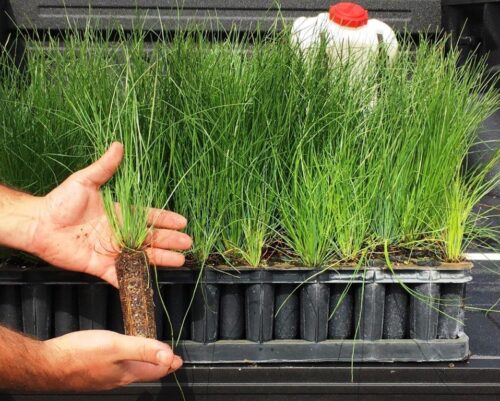
by Area Forester Lisa Deaton
Baby Longleaf
Last week was finally time to plant a longleaf pine project. The landowner had spent over a year preparing a 17-acre cutover site for these seedlings. Longleaf pine is known for its very long needles, huge pine cones, very strong “heart pine” lumber, and the naval stores it can produce. The longleaf seedlings are in the planters’ bags.
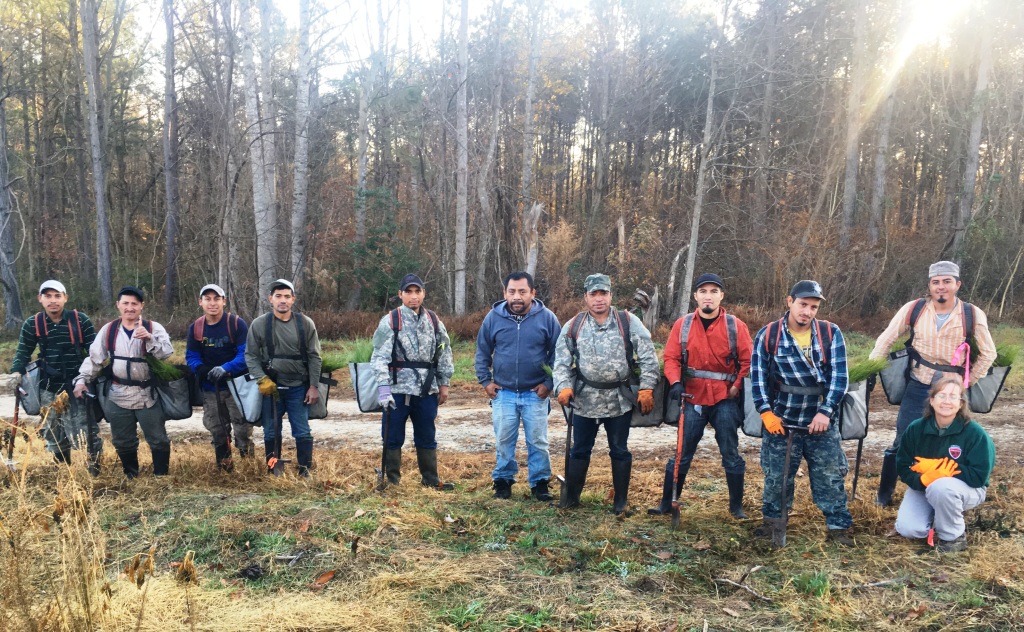
As you can see, the planting crew was ready to go to work early in the morning. The loblolly pine plantation on the left is 21 years old. It was precommercially thinned at age 10, understory burned at age 14, and commercially thinned at age 17. The area to the right of the road was clearcut to make room for the longleaf plantation.
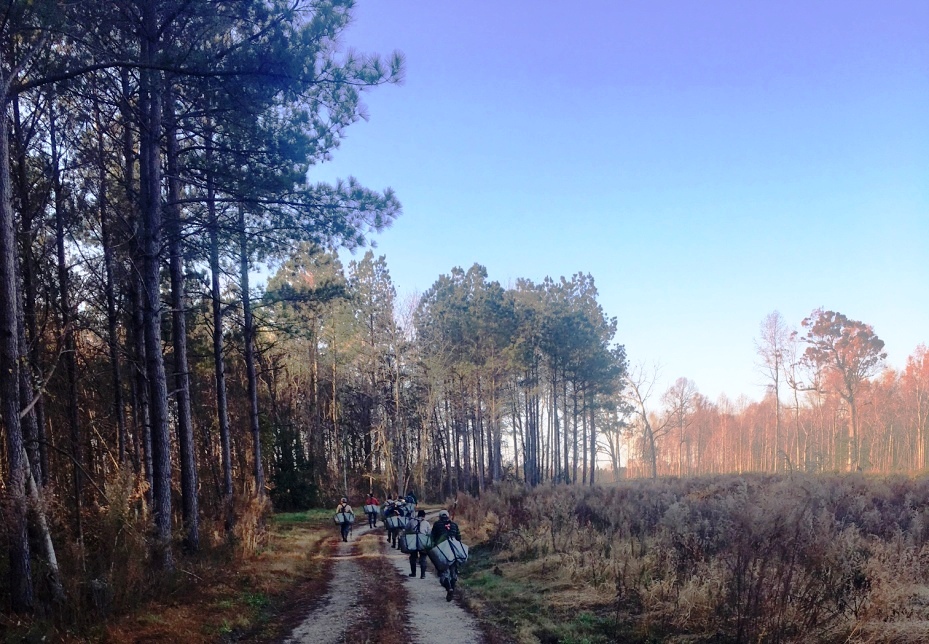
In 3-4 years, the new plantation should look something like this:
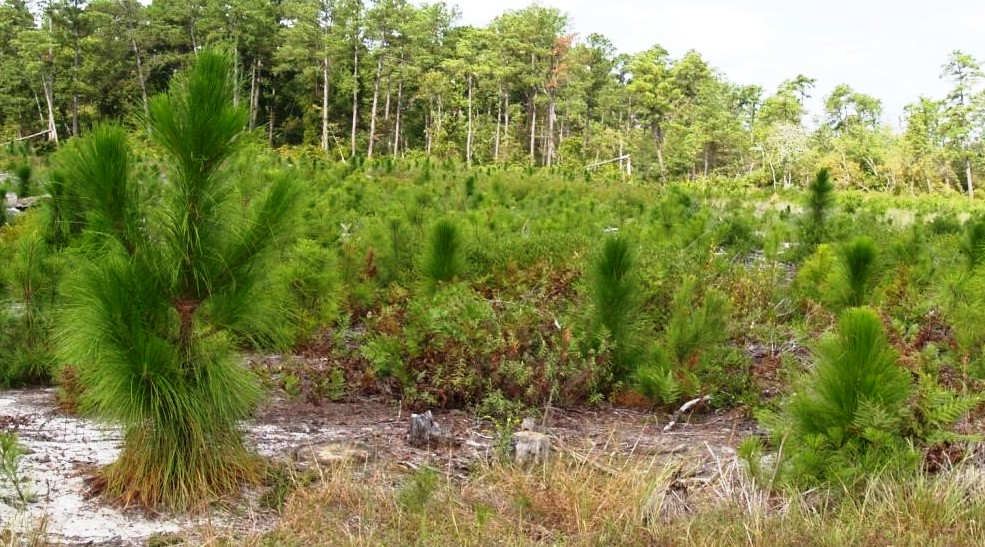
Longleaf pine used to be part of 1.5 million acres of forest in the southeastern corner of Virginia until around 1700. Its presence allowed for the beginning of the ship-building industry in Hampton Roads. However, the historic harvest of longleaf lumber and naval stores, the conversion of forest to farm fields, and the exclusion of fire helped lead to the decline of longleaf pine in Virginia’s landscape. A great deal of research has been conducted on how to reestablish longleaf pine in Virginia. Our hope is to increase species richness and biodiversity at the northern limit of where longleaf pine can grow.
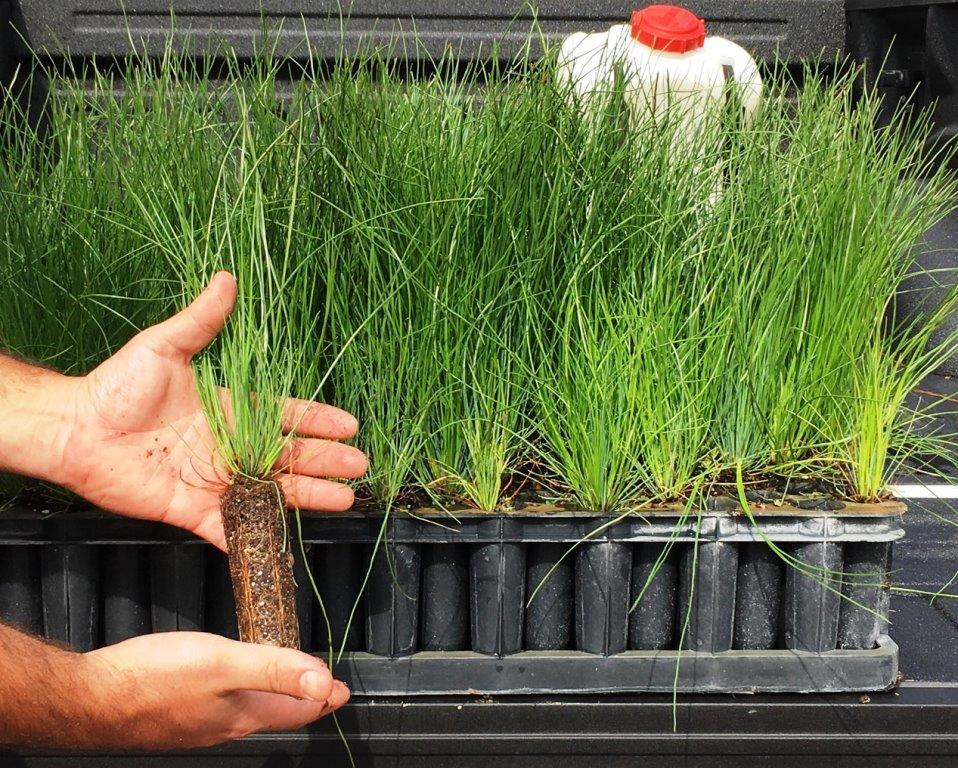
One discovery is that planting containerized seedlings in the fall, as opposed to bare-root seedlings in the early spring, is more successful.
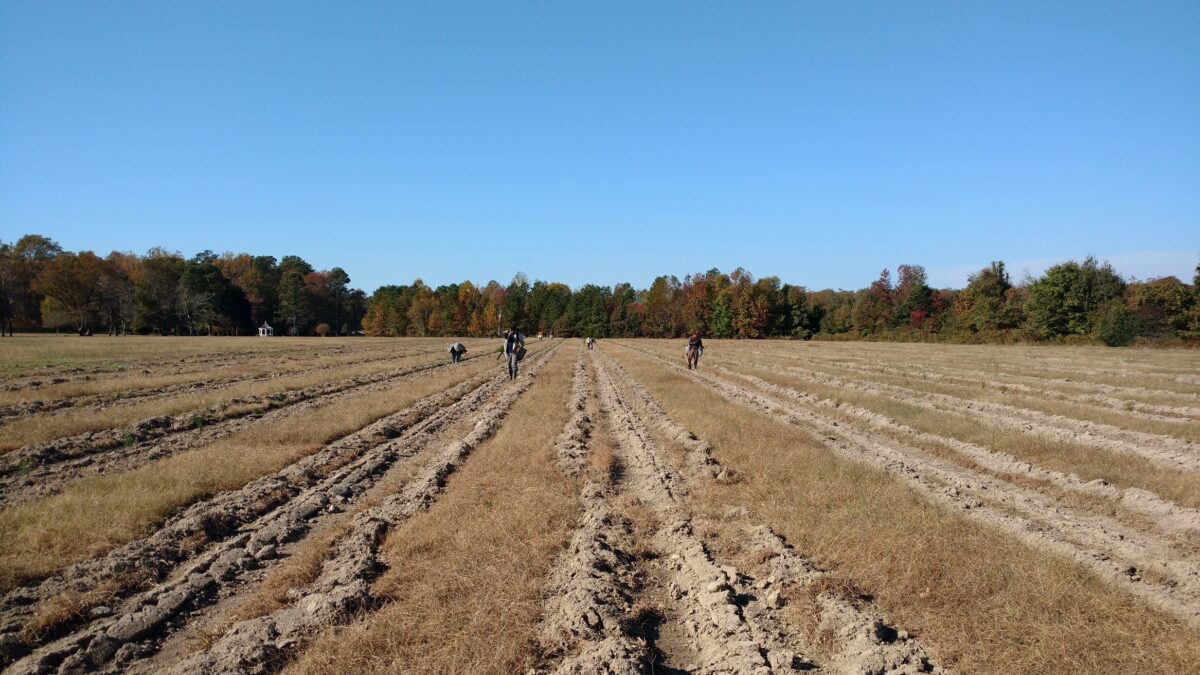
Sometimes landowners decide to plant agricultural fields back into trees. These planting rows were “scalped” to remove the roots of grasses that could compete for water, nutrients, and sunlight with the longleaf seedlings. A “ripper” was also used to break up compacted soil so that the longleaf roots can grow deep. The ripper is in the “up” position in this photo. It is the white looking piece of metal.
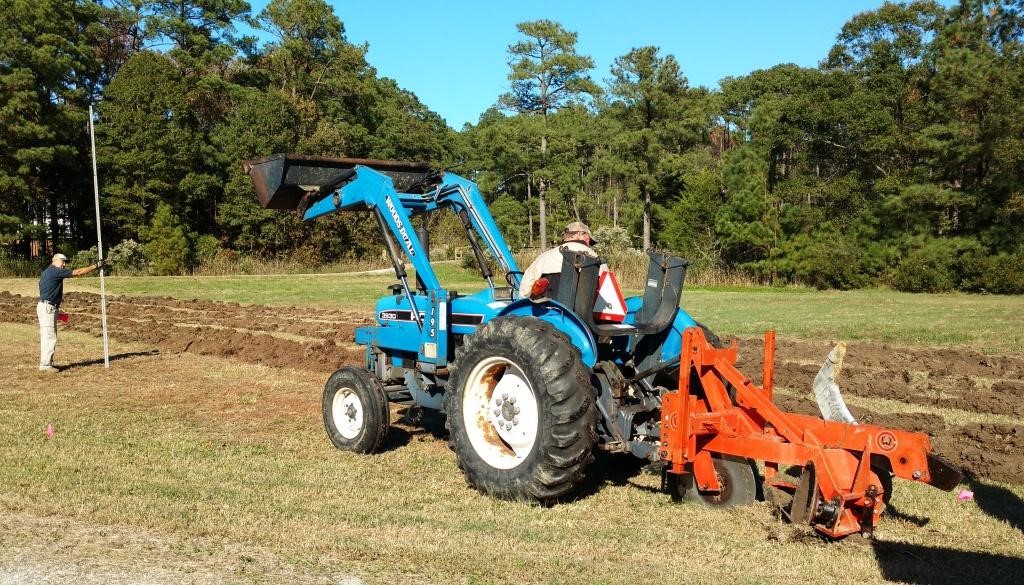
Tags: Longleaf Pine, Roots, What's in the Woods Today
Category: Nurseries
